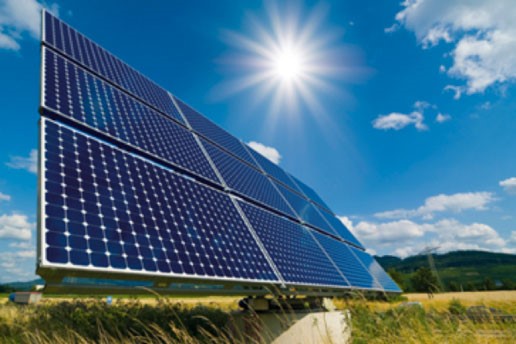Posted on 18th Jul 2024

In the realm of water pumping systems, the choice between Solar Pump Variable Frequency Drives (VFDs) and traditional pump drives marks a significant evolution in efficiency, sustainability, and operational flexibility. Understanding the differences between these technologies is crucial for selecting the most suitable solution for various applications. Here’s a comprehensive comparison:
Traditional pump drives typically operate using fixed-speed motors coupled with mechanical or hydraulic systems. These systems provide reliable performance but lack flexibility in adjusting to varying operational conditions.
Solar Pump VFDs integrate solar energy capture with electronic controls, allowing for variable speed operation. These systems optimize energy usage by adjusting motor speed based on real-time demand, maximizing efficiency across fluctuating solar input levels.
Fixed-speed motors in traditional pump drives consume constant energy regardless of actual demand, leading to inefficiencies during low-demand periods and potential energy wastage.
Solar Pump VFDs excel in energy efficiency by modulating pump speed to match current requirements. This adaptive operation minimizes energy consumption, leveraging solar power availability to its fullest potential and reducing grid dependency.
Initial installation costs for traditional pump drives are typically lower due to simpler technology and widespread availability. However, operational costs over time, including energy expenditures, maintenance, and potential downtime, can accumulate significantly.
While initial investment costs for Solar Pump VFDs may be higher due to solar panel installation and electronic control systems, the long-term operational savings are substantial. Reduced energy bills, minimal maintenance requirements, and extended equipment lifespan contribute to overall cost-effectiveness.
Traditional pump drives reliant on fossil fuels contribute to carbon emissions and environmental pollution, aligning less with sustainability goals compared to renewable energy alternatives.
Solar Drives are environmentally friendly, utilizing clean solar energy to power operations. These systems support sustainable practices by reducing carbon footprints and enhancing ecological stewardship.
Fixed-speed pumps offer simplicity in design and operation but lack adaptability to varying water demands or changing environmental conditions without manual intervention.
Solar VFD Drive provide unmatched flexibility through automatic adjustment of pump speeds based on real-time factors such as sunlight intensity and water demand. This adaptability ensures consistent performance and optimal efficiency in dynamic operational environments.
In conclusion, while traditional pump drives offer reliability and lower upfront costs, Darwin Motion Solar Pump VFDs represent a progressive shift towards sustainable, energy-efficient water pumping solutions. By harnessing solar power and leveraging advanced electronic controls, Solar Pump VFDs not only reduce operational costs but also contribute significantly to environmental conservation efforts. Choosing between these technologies should align with specific operational needs, energy goals, and sustainability objectives, ensuring optimal performance and long-term benefits for water pumping applications.